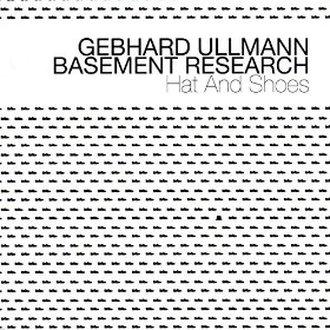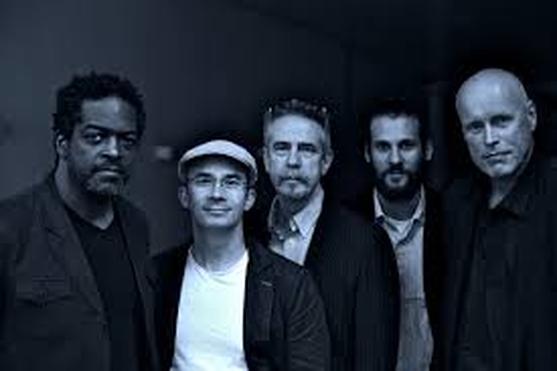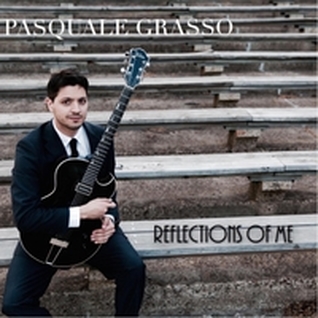
He is joined in Basement Research by Steve Swell on trombone, Julian Argüelles on baritone saxophone, Pascal Niggenkemper on double bass and Gerald Cleaver on drums.
Ullmann composed all of the music on the album which opens with “Trinidad Walks.” Niggenkemper’s bass and Cleaver’s drums are all over each other time-wise until a unified rhythm emerges.
Too late—you’re hooked.
The three horns come aboard the groove and the deep-pitched Caribbean swing is underway. The horns break off into a cool cacophony and, when the rhythm sections returns, it is one of the most exciting moments in recent music. I never expected this.
“Wo bitte geht’s zu den Hackeschen Höfen?” is a description of “the swarm of tourists in the middle of Berlin.” It is a vivid expression of crowded streets and confusion. Cleaver’s drum accompaniment is twisty and deliberately uneven. Ullmann’s bass clarinet moves from distinction to indistinction in great transitions of subtlety.
The opening motif comes and goes and Ullmann’s magnificent bass clarinet is capable of exquisite moments of melody.
The corps melody is deep-throated and slowly paced and carries to the end of the track in unison.
“Flutist with Hat and Shoe” opens with Steve Swell’s solo trombone. The trombone is muted later as Cleaver joins in.
There is, of course, no flute in the band but is probably a reference to Ullmann’s earliest music experiences as a flute player.
The subtlety of the instruments allows for the expansiveness of the trombone wish pushes the boundaries. Niggenkemper’s bass is an understated beauty here.
“Don’t Touch My Music” is a unison piece with Argüelles’s baritone sax taking the spotlight but never apart from the rest of the group. Rather, he is in perfect coordination and cooperation with the group.
Cleaver’s drumming is unfettered and becomes more of a voice within the ensemble than remaining a time-keeper. He captures—and deserves—the attention on this track.
“Five” is the fifth track on the album. It is a rollicking bit of unbridled improvisation. The rhythm section keeps the groove that allows such free exploration.
There is a grand flow to “Five.” From groove to solo to motif to melody, there is a flawless inevitability to the fluidity of “Five.”
“Blue Trees and Related Objects” is about a painting or, perhaps, just about painting. There are textures, hues and shades within music as much as within painting.
The Argüelles baritone sax is in gorgeous swing which sounds like it is being played by Pacquito Di Rivera.
From the skipping opening, it moves to a slow-stepping, soulful lament that is joined by the ensemble. Cleaver gets to close the track with a dynamic drum improvisation.
“Gulf of Berlin” is, both, part of Ullmann’s “Berlin Suite” and also the name of another band he fronts. It begins as an interaction between tenor sax and trombone until punched up by bass and drums who provide a propulsion for the horn players.
Argüelles and Niggenkemper take solos and the track closes with full ensemble in a bit of a shout chorus.
The album arose from the energy of a tour, like all of Basement Research’s albums. The energy is enormous, the originality is boundless and the enjoyment is curtailed only by the listener’s ability to hear it.
Gebhard Ullmann is a masterful composer and innovator. His collaboration with Satoko Fujii Orchestra Berlin in 2015 was remarkable. His albums of his many bands are extraordinary. Ullmann is a voice to be heard and recognized for the genius it reveals.
~Travis Rogers, Jr. is The Jazz Owl
Visit Gebhard Ullmann’s website at: http://www.gebhard-ullmann.com/
“Like” Gebhard Ullmann on Facebook at: https://www.facebook.com/gebhard.ullmann
“Follow” Gebhard Ullmann on Twitter here: @gebullmann
You may purchase “Hat and Shoes” on MP3 or CD at Amazon by clicking on the links below.
|
|
|




 RSS Feed
RSS Feed
